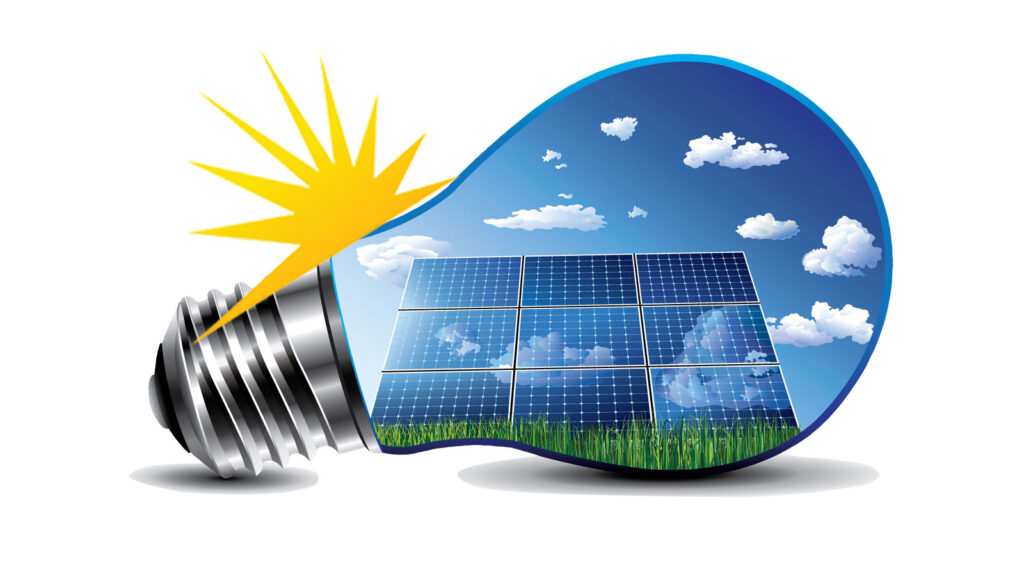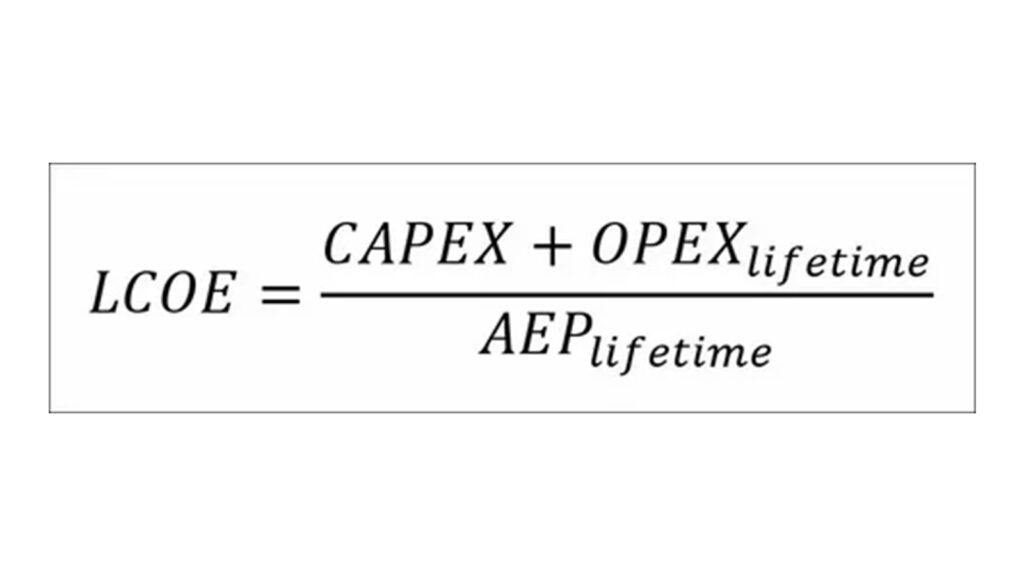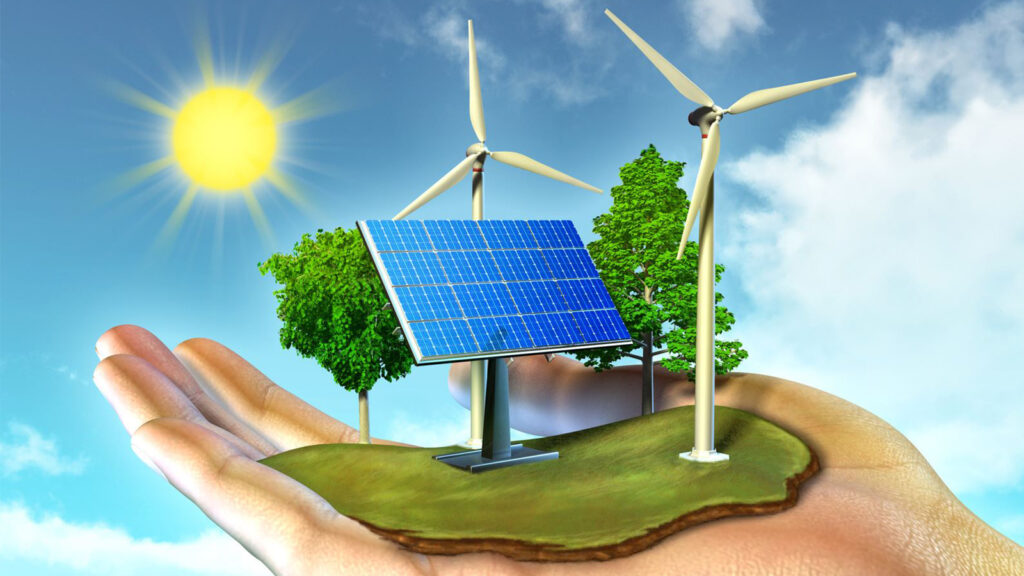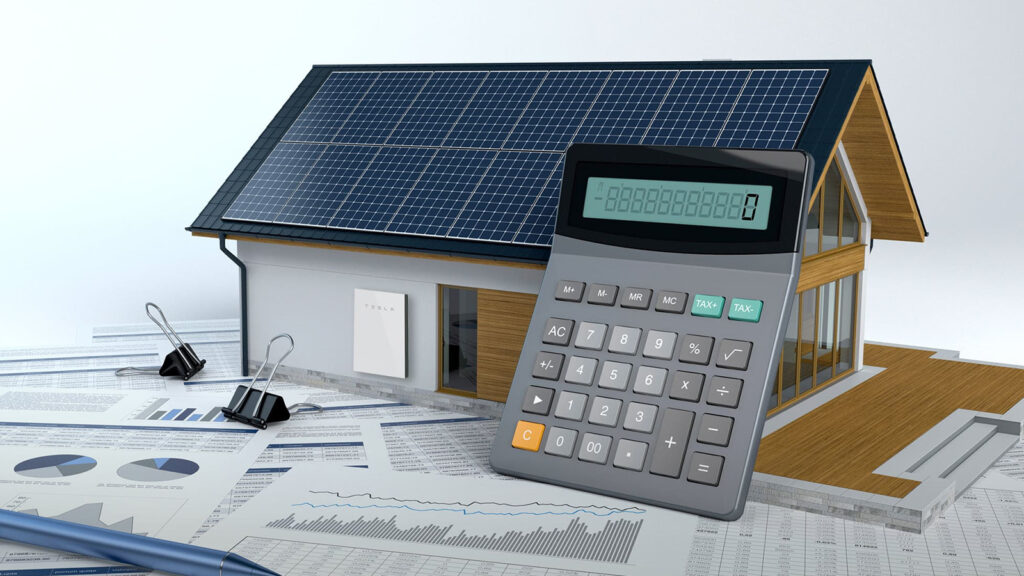When considering whether or not to invest in an energy project, the potential for long-term profit is an important factor to consider. To acquire an answer to this issue, the levelized cost of energy (LCOE) must be determined. The LCOE method considers not only the original investment, but also the continuing costs connected with a project.
Table of Contents
What is LCOE ( Levelized Cost of Energy )?
Over the course of a photovoltaic system’s lifespan, the cost of the energy it generates is measured by its levelized cost of energy (LCOE). In the age of grid parity for renewable energy, this is a crucial consideration. LCOE was created to serve as a timer until renewables could stand on their own in merchant markets.
Simply said, the better your system is as a whole, the lower your levelized cost of energy (LCOE) will be.

What does LCOE ( Levelized Cost of Energy ) do?
Comparison indicator for investors
Strategic decisions, both large and little, can be informed by LCOE analyses. LCOE is a deciding factor for investors because it serves as a comparison indicator. Investors are asked to provide solutions to a wide range of challenging questions. They have to make a lot of decisions, and one of them is whether to use high-quality, cutting-edge technology products or cheaper equivalents. They can use LCOE as a deciding factor.
Indicator of minimum revenues
An investor or developer must first establish a project’s viability during the early appraisal phase. Second, it helps you estimate how much money you’ll need to make back on your investment. Therefore, it serves as a high-level overview of the necessary sales strategy.
Indicator of the costs of different generation technologies
LCOE assists in comparing projects and energy sources to determine which are the most cost-effective.The calculation allows project developers and financiers to assess generation options such as solar, wind, nuclear, gas, and coal while accounting for project lifespans, capital costs, fuel costs, capacity size, and risk.
It gives policymakers a global perspective on the relative costs of different technologies of generation. Subsidy allocation decisions necessitate this sort of analysis. For instance, governments invested heavily in renewable energy technology while LCOE prices were high, with the end purpose of facilitating the development of specialised technologies.
How to calculate LCOE ( Levelized Cost of Energy ) ?
To calculate LCOE, we add up the capital expenditures and operating expenditures of the plant, divide its acquired energy production over its expected lifetime.
CAPEX, also known as capital expenditure, refers to the initial investment required for a solar system, encompassing the expenses associated with components, labor, and other supplementary expenditures.
Operating expenditures, sometimes referred to as OPEX, encompass various costs associated with the day-to-day operations of a business. These costs typically include expenses related to utilization, maintenance, taxes, and other similar expenditures.
Acquired energy production (AEP) refers to the quantity of energy that a system is able to collect and utilize during its operational lifespan.
All necessary components, such as the initial investment, continuing maintenance, and petrol, will be included in the total price. The discount rate, as well as any applicable subsidies or tax breaks, will be considered. In this sense, “output” refers to the total amount of electricity that the plant is expected to produce. A solar energy system typically has a functional life of 25-30 years.
A typical levelized cost of electricity for a solar photovoltaic system would look like this:
Initial capital cost: $65,000
Tax credit: $12,000
O&M: $6,000
Total cost: $59,000
Average annual electricity production: 62,500kWh
PV equipment warranty period: 30 years
Total electricity production: 1,875,000kWh
LCOE: $59,000 / 1,875,000 = $0.03147/kWh
Profitability depends on selling the generated electricity for greater than $0.03147/kWh. However, if the price of power is lower than $0.03147/kWh, the project will incur a loss over its 30-year lifespan.

Comparison of solar energy’s LCOE ( Levelized Cost of Energy ) and others
When compared to alternative energy sources like wind, coal, and gas, the levelized cost of electricity (LCOE) from utility-scale PV is already competitive.This points to continued and healthy expansion in the PV business.
In 2021, the LCOE range for utility-scale PV was quite narrow, falling between $30/MWh and $41/MWh. It was between $24/MWh to $96/MWh in 2023. Even with the rise, the LCOE is still the lowest of all comparable options. Gas peaking costs between $115 and $221 per megawatt-hour, nuclear between $141 and $221 per megawatt-hour, coal between $68 and $166 per megawatt-hour, and gas combined cycle between $39 and $101 per megawatt-hour, as reported by Lazard.

So, what does this LCOE stand for? That means that gas and coal plants must charge more for power than solar and wind farms in order to make a profit.
The cost of gas, coal, or nuclear fuel, as well as the cost of operations and maintenance (O&M), are important determinants of the overall cost of traditional fossil fuel and nuclear power plants. Renewable energy systems provide lower operating and maintenance costs in addition to saving money on petrol. Renewable energy systems have no fixed costs because the sun and wind are free. The cost of solar maintenance has decreased in recent years as a result of developments in inverter reliability, remote monitoring technology, and cleaner solar panels.
Oil and petrol costs have risen as a result of the current energy crisis, making renewables even more competitive in terms of LCOE. The levelized cost of energy (LCOE) for fossil-fuel power plants has risen, while the LCOE for renewable energy has stayed consistent. As a result, renewable energy generators benefit more from rising power rates than fossil fuel generators, who must also account for rising fuel costs.
All in all, the levelized cost of electricity (LCOE) serves as a crucial metric for evaluating the financial feasibility of a photovoltaic (PV) system and assessing the effective integration of its individual components. Nevertheless, the limitations of Levelized Cost of Electricity (LCOE) necessitate caution in relying solely on this metric for investment decision-making.
Since 2008, Maysun Solar has focused on creating premium photovoltaic modules. Choose from our extensive selection of solar panels that use half-cut, MBB, IBC, and Shingled technologies in full black, black frame, silver, and glass-glass finishes. These panels provide exceptional performance and fashionable designs that easily fit into any building. In several nations, Maysun Solar has developed offices, warehouses, and enduring partnerships with top installers. If you have any questions about PV or would want the most recent module quotes, please contact us. We are eager to help you.
Reference:
Solarity. (2022, April 7).What does LCOE mean? Solarity.
Kanellakopoulou, M. (2022). Levelised Cost of Energy (LCOE) – An overview. Pexapark.
Santos, B. (2023, April 14). Average solar LCOE increases for first time this year. Pv Magazine International.
Rodríguez, L. (2022, August 17). What is LCOE and why is it important?

New Photovoltaic news you should know about (March 2024)
Table of Contents REC Unveils a 430 W Heterojunction Solar Module Boasting 22.2% Efficiency REC, a Singapore-based PV module manufacturer, introduces its residential solar modules featuring Alpha heterojunction cell technology. Production has commenced at REC’s Industry 4.0 fab in Singapore, with initial shipments

IBC Solar Modules vs. Bifacial Glass-Glass Solar Modules: Which Is More Suitable for Winter or Low-Light Conditions?
Table of Contents Introduction As the demand for renewable energy continues to surge, advancements in solar technology have broadened the spectrum of component choices available to us. Among these, IBC (Interdigitated Back Contact) full black solar modules have garnered special attention due to

Why Are Lightweight Bifacial Solar Panels the Best Choice for Balcony Solar Power Plants?
Table of Contents In the quest for efficient and eco-friendly home energy solutions, solar photovoltaic technology has emerged as a key player due to its sustainability and clean energy benefits. Particularly in the space-constrained urban settings, the effective conversion of every inch of

Questions You Might Ask About Balcony Solar Power Plants in 2024
Table of Contents What is a Balcony Solar Power Plant? Similar to a traditional photovoltaic panel, a Balcony Solar Power Plant is a device designed to generate electricity from solar energy. This green energy generator is specifically tailored for self-consumption, but it comes with

A Step-by-Step DTU Guide for Balcony Solar Power Plants
As renewable energy becomes increasingly integral in our daily lives, Maysun Solar’s Balcony Solar Power Station, with its advanced technology and user-friendly design, represents a transformative approach to home solar solutions. The integration of a Data Transfer Unit (DTU) enhances its smart functionality

What Are The Main Components of Solar Panels?
What are the main components of solar panel? Solar panels, the cornerstone of solar energy technology, are composed of several integral parts, each contributing to their ability to harness sunlight and convert it into electrical energy. In this article, we will explore the essential



